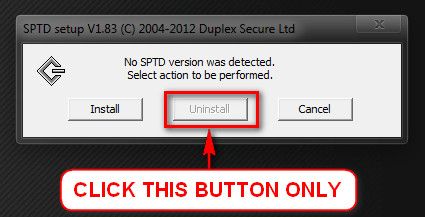New
#1
The joy of Windows Update: Gremlins in udfs.sys causing BSOD?
Long version:
So, I started 2015 with this idea of having a nice fresh, newly updated windows computer on my desktop. After all, it had been nagging me for a while with that little annoying "Updates installed, need to reboot" box. You know the one you always press "later" on...
So, I decided to actually reboot the system. That, I should not have done!
The system slowly grind to a halt and locked up about half way through the reboot process. After waiting for an hour or so, and concluding that the system was locked up (no response to num lock) I rebooted the old fashioned way
Aaaaand the system slowly started. Only to reboot halfway through the boot process. Boot into recovery. It says that recovery can not help me. Clearly I am on my own here. Boot into rescue. The system hangs about halfway (CLASSPNP.sys). Somewhere in the back of my mind I remembered that this driver was related to AHIC, so I swapped over to IDE and got the system to boot into rescue. It cleaned up some stuff related to the update on boot, and another reboot (with AHIC) gave me access to all hard disks in rescue, as well as networking.
Another try to boot normally gave me a BSOD again, with a very non-descriptive error (0x000007e). Booting with logging enabled showed the last driver to be loaded to be udfs.sys. And at this point I am stuck. As far as I can tell this driver was not changed in the update. Anybody have any idea how to sort out this mess?
Short version:
* System hang on reboot after AU
* No help from boot recovery or system restore (only lists one restore point)
* BSOD in CLASSPNP.sys on rescue, solved by swapping to IDE and then back to AHIC
* Keeps giving a BSOD on normal boot.
* Last loaded driver according to boot log is udfs.sys
Help? Pretty please?


 Quote
Quote
